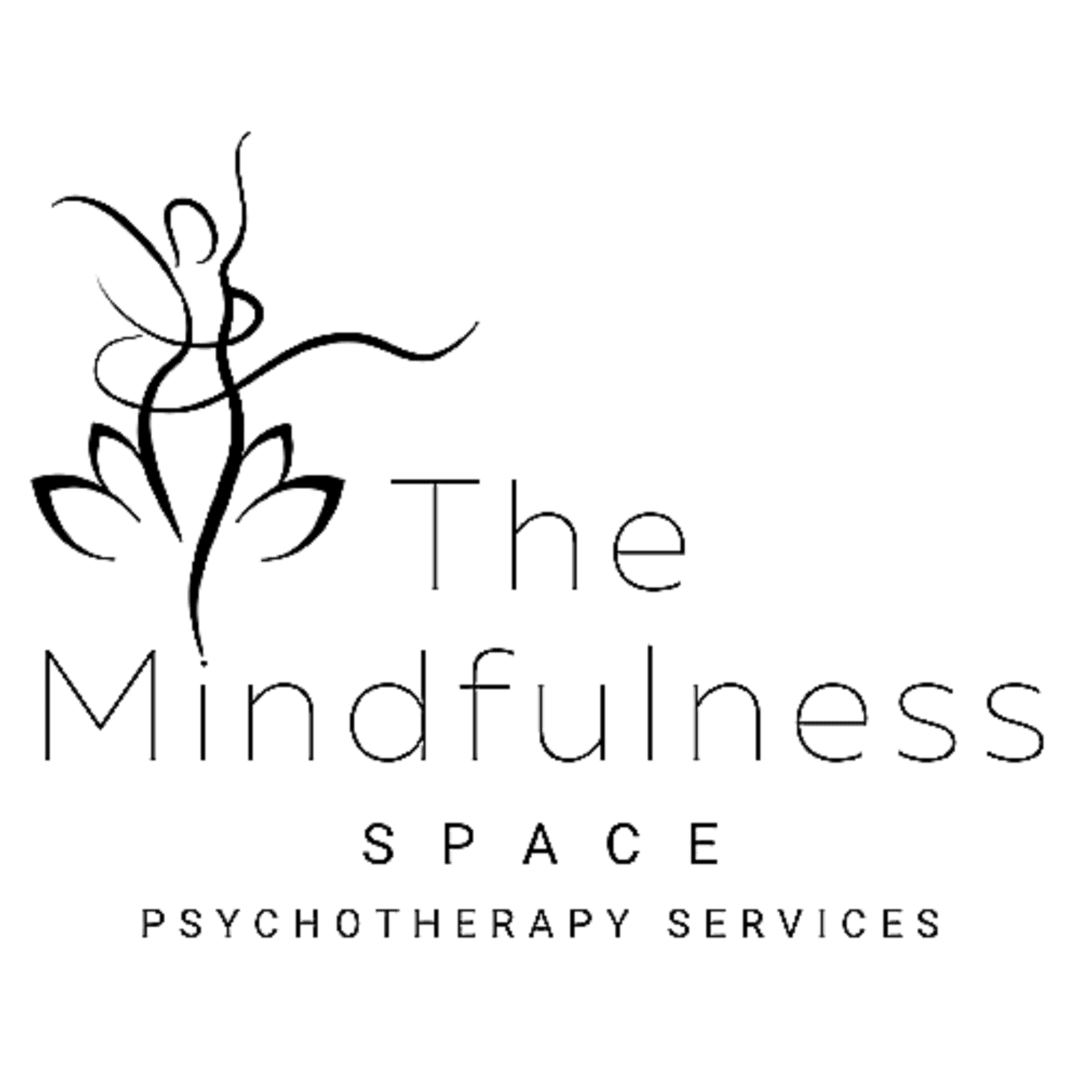The Truth About Black Bodies: 5 Common Risk Factors that Contribute to the Development of Eating Disorders and Body Image Dissatisfaction in Black Americans
The Truth About Black Bodies: 5 Common Risk Factors that Contribute to the Development of Eating Disorders and Body Image Dissatisfaction in Black Americans

December 9, 2022
Stefanie M. Lawson, MSW LCSW
The Mindfulness Space Psychotherapy Services, PLLC
We live in a media driven society where the portrayal of people who suffer from eating disorders and body image issues is all too often depicted as white, affluent, adolescent, heterosexual, cisgender and female. As a licensed therapist who also identifies as a black woman that has battled through episodes of disordered eating patterns and not accepting my own body, I am especially attuned to noticing the stereotypes and portrayals that are perpetuated, even amongst fellow therapists.
The truth is, eating disorders and dissatisfaction with one’s body can affect anyone, regardless of race, ethnicity, age, gender or social status. This extends to black people.
Research tells us that about 1.5% of Black Americans have had a lifetime prevalence for Bulimia Nervosa.
Black teenagers are 50% more likely than white teenagers to exhibit bulimic related behavior, such as binge-eating and purging.
Studies have also found that 1.5-1.6% of Black Americans have experienced a binge eating disorder and it occurs with equal or greater frequency for African American and white women.
Not only are black people affected by eating disorders, but issues related to systemic racism, socioeconomic disparities and disparities in access to healthcare, create a unique set of obstacles to our recovery.
Here are the 5 most common risk factors that contribute to the development of eating disorders and body image dissatisfaction within Black American communities.
1. Colorism, Hair Texturism and Featurism…
Although the negative affects of colorism have been widely discussed and researched in academic circles, the impact of colorism and colorism’s close accomplices, texturism and featurism’s connections to the development of body image concerns and disordered eating behaviors amongst black people, have not been readily studied or discussed.
Colorism can be defined as the bias towards, and even outward discrimination against people with darker skin tones that usually comes from within an individual’s same racial ethnic group. Hair Texturism is having a bias against more textured hair with tighter curl patters (think 4-c), while praising hair with looser curl patterns and seeing it as more desirable. This is an ugly secret within the natural hair movement. Unfortunately, these internalized biases exist within marginalized communities.
The thought fallacy that the closer something is aligned with the Eurocentric beauty standard, the better continues to exist! Featurism is defined as the celebration of, or bias towards having more Eurocentric facial features, such as a smaller nose, thinner lips (although fuller lips are sometimes fetishized), or lighter colored eyes, while having more Afrocentric features is seen as less attractive or desirable.
A study published in 2014 looked at beauty and body image concerns amongst African-American college aged women. The study found that the conceptualization of body image for African American women included characteristics such as hair and skin tone, which were given more priority over traditional body image concerns often associated with European American women.
Internalized self-hatred due to society’s frequent perpetuation of these “ism’s,” can impact the way that black people think and feel about themselves.
2. Acculturative Stress from Racism, Inequality, Social Injustice, and Discrimination…
Reputable sources, such as the United States Department of Veteran’s Affairs’ National Center for PTSD, have published articles connecting racial trauma stemming from directly experiencing or witnessing racial discrimination, social injustices, racially motivated hate crimes, violent acts, economic or food insecurity, etc., to the development of Post Traumatic Stress Disorder (PTSD) or other mental health related disorders and symptoms. PTSD related symptoms that stem from racial trauma can include, but are not limited to, having intrusive and upsetting memories about the event, experiencing feelings of emotional distress, having negative thoughts and assumptions about one’s self and the world, experiencing increased anxiety, hyper-vigilance and heightened startled reactions.
We know that prolonged exposure to distressful situations and deeply traumatic experiences can cause a disruption to take place within our body’s nervous system. This can make it difficult for us to regulate our emotions, potentially causing us to turn to eating disorder related behaviors or other addictive behaviors as a way to manage these feelings of distress.
The act of binge eating is thought to be an attempt to “self-soothe,” or fill an emotional void in order to self-regulate the body by triggering neurotransmitters, such as dopamine through the activity of eating. However, because the actual underlying cause of the emotional void is never addressed, an ongoing cycle is created.
Purging is widely thought to be a maladaptive attempt to regain a sense of control over a stressful situation through overly restrictive behaviors. Although, the sense of control is usually false.
3. The Hyper-Sexualization of Black Bodies in the Media…
If you follow me on social media, I’ve previously posted about the existence of the cultural fixation on ideal body shape and objectification of body parts within Black-American popular culture. This fixation is prominent on social media and can often contribute to the development of internalized self-hatred and body dissatisfaction amongst black people.
I’ve never discussed where this cultural fixation originates and media’s role in fostering a culture where bodies that display ample posteriors with tiny waist lines are often praised and fetishized.
Anybody who has ever spent a significant amount of time on media, whether it’s scrolling through a social media app, browsing the internet, watching television, videos or movies, have likely been presented with images of overly sexualized bodies. This includes black bodies.
Historically, the disrespect, exploitative portrayal, fetishization and commodification of black bodies has existed for centuries.
Sarah Baartman was a 19th century South-African woman of Khoekhoen decent. Sarah’s body was exploited and objectified while part of an exhibition show in London under the name, “Hottentot Venus.” The show capitalized on westerners’ abhorrent desire and curiosity to view what was thought of as “primitive sexuality.” Sarah Baartman’s story represents one of the earliest written accounts of the exploitation and dehumanization of black women for the purpose of another’s financial gain and sold underneath the guise of entertainment.
Since Sarah’s lifetime, the business of sexually exploiting black bodies for the financial gain of more dominant racial groups has continued to flourish.
Although there have not been any similar studies focused specifically on black people to date, a 2022 research study by Skowronski, Bushing and Krahé looked at the links between exposure to sexualized Instagram images and body image concerns in adolescent boys and girls. The study unsurprisingly found that habitual viewing of sexualized Instagram images may negatively affect male and female body image, increasing frequency of body surveillance, increasing the valuing of appearance and internalizing an ideal body type.
The truth is, while browsing Internet images, our brains are constantly taking in information. We are frequently comparing ourselves to sometimes digitally or surgically altered images that paint a very unrealistic picture of what the average body looks like, whether we consciously realize it or not. For some, this constant comparison can become internalized and bring about maladaptive thoughts and behaviors that lead to the development of feelings of aversion towards one’s own body. For some, this leads to the development of disordered eating patterns in attempts to remedy the internalized hatred.
4. A History of Cultural Conservatism and Respectability Politics within Black Institutions and Communities…
The history of cultural conservatism that is woven into the very ethos of many black religious and even educational institutions can be traced back over the decades to the beginning of these institutions. This conservative culture, that is often rooted in religiosity, morality and respectability politics as a way of “self-policing,” often has the residual outcome of placing pressure on black people to present themselves in a certain way that’s in alignment with Eurocentric standards in order to fit in with the dominant culture’s behaviors and norms.
Messages are passed down within black communities, reminding its members to behave within the standards of what is deemed acceptable.
“Don’t dress like that!” “Pull your pants up if you want to be respected!” “Don’t be fast like that girl!” “Don’t speak using that dialect!”
During my undergraduate studies at an HBCU around the early 2000s, I remember wearing a dress to class that would be considered quite modest by today’s standards in 2022. The dress was a little above knee length, with a neckline that plunged just enough to be considered “risqué.” After class, my professor, who was an older black woman in her late 50s or early 60s, pulled me to the side and strongly encouraged me to change my clothes!
I remember experiencing a surge of embarrassment and insecurity in that moment, as well as confusion as to how and why my dress would be considered offensive by my professor. So much so, that she felt the need to bring it to my attention!
These culturally conservative perspectives, often rooted in religiosity, preach messages of modesty and hiding one’s body. If left unchecked, for some individuals, these messages can potentially become internalized overtime, perpetuating thoughts and feelings of shame and guilt and impacting the way one views themselves.
5. Disparities in Access to Treatment and Implicit Biases Amongst Therapists…
So, why are eating disorders within black communities often ignored? One argument can be that black people are already oppressed within a white supremacist system. This means, our voices tend to go unheard when it comes to receiving the care that we need. We also have less access to financial capital, insurance and other resources to obtain much needed medical care, including access to eating disorder and body acceptance treatment.
Secondly, there is very little research that exists regarding eating disorders amongst black people, and the research that does exist looks at very limited populations, i.e. college educated women from higher socioeconomic backgrounds. Additionally, there is very little clinical training for therapists to learn the skills needed to accurately assess, diagnose and and treat eating disorders within communities of color.
In the book, “Treating Black Women with Eating Disorders: A Clinician’s Guide by Dr. Charlynn Small and Dr. Mazella Fuller, a 2006 study was described where mental health practitioners were asked to read fictional vignettes describing a 16-year-old female character named “Mary.” The study found that participating clinicians were significantly less likely to recognize an eating disorder when “Mary” was described as African American verses when she was described as White or Hispanic. The authors further state that even though the vignettes differed only in the race of the main character, 44.4% of clinicians recognized that “Mary” had an eating disorder when she was White, versus 40.5% when she was identified as Hispanic and 16.7% when identified as African American.
This deficit in trained black therapists undeniably leads to implicit biases and racial stereotypes amongst non-black clinicians when seeing black clients for services related to eating disorders.
About the Author:
Stefanie Lawson is a Licensed Clinical Social Worker in Greensboro North Carolina, and is owner of The Mindfulness Space Psychotherapy Services, an outpatient, size inclusive, private therapy practice that focuses on helping clients to regain control over their relationships with food, body and inner-self that stem from depression, anxiety and past traumatic experiences, while adhering to a Health at Every Size informed perspective! Stefanie welcomes people from all backgrounds and walks of life, however, specializes in working with Black Indigenous Women of Color. Stefanie is a self-proclaimed BLERD (black nerd) who loves to incorporate Social Systems Theory, Feminist Theory, trauma and race informed perspectives into her clinical work!
References:
Awad, G. H., Norwood, C., Taylor, D. S., Martinez, M., McClain, S., Jones, B., Holman, A., and Chapman-Hilliard, C., (2014). Beauty and Body Image Concerns Among African American College Women. https://www.ncbi.nlm.nih.gov/pmc/articles/PMC4713035/
Goode, R. W., Cowell, M. M., Mazzeo, S. E., Cooper-Lewter, C., Forte, A., Olayia, O. I., & Bulik, C. M. (2020). Binge eating and binge-eating disorder in Black women: A systematic review. Int J Eat Disord. https://doi.org/10.1002/eat.23217
Goode, R. W., Kalarchian, M. A., Craighead, L., Conroy, M. B., Wallace, J., Jr., Eack, S. M., & Burke, L. E. (2018). The feasibility of a binge eating intervention in Black women with obesity. Eat Behav, 29, 83-90. https://doi.org/10.1016/j.eatbeh.2018.03.005
Michelle S. Goeree & John C. Ham & Daniela Iorio, 2011. “Race, Social Class, and Bulimia Nervosa,” Working Papers 2011-034, Human Capital and Economic Opportunity Working Group.
Skowronski, M., Bushing, R., Krahé, B. (2022). Links Between Exposure to Sexualized Instagram Images and Body Image Concerns in Girls and Boys. psycnet.apa.org/fulltext/2021-52581-001.pdf
Small, C., & Fuller, M. (Eds.). (2020). Treating Black Women with Eating Disorders: A Clinician’s Guide. Routledge.
Strings, S. (2019). Fearing the Black Body: The Racial Origins of Fat Phobia, New York: New York University Press.
Sumter, S. R., Cingel, D., & Hollander, L. (2022). Navigating a muscular and sexualized Instagram feed: An experimental study examining how Instagram affects both heterosexual and nonheterosexual men’s body image. Psychology of Popular Media
Taylor, J.Y., PhD, APRN, BC, PNP, RN, Cleopatra Howard Caldwell, PhD, Raymond E. Baser, MS, Nakesha Faison, MS, and James S. Jackson, PhD (2007). Prevalence of Eating Disorders among Blacks in the National Survey of American Life. ncbi.nlm.nih.gov/pmc/articles/PMC2882704/
US Department of Veteran Affairs: National Center for PTSD (2022). Racial Trauma. https://www.ptsd.va.gov/understand/types/racial_trauma.as
Your Next Step...
Take your next step with The Mindfulness Space!
Schedule your free 30 minute consultation today!
Sign up for our Newsletter!
Are you a provider? Join the email list to sign up for our newsletter today! By signing up, you agree to join The Mindfulness Space’s email list and receive periodic communication with us via newsletter. (See website privacy and terms of use here.) Don’t worry, we won’t spam your inbox! Sign up today! Sign up here!


